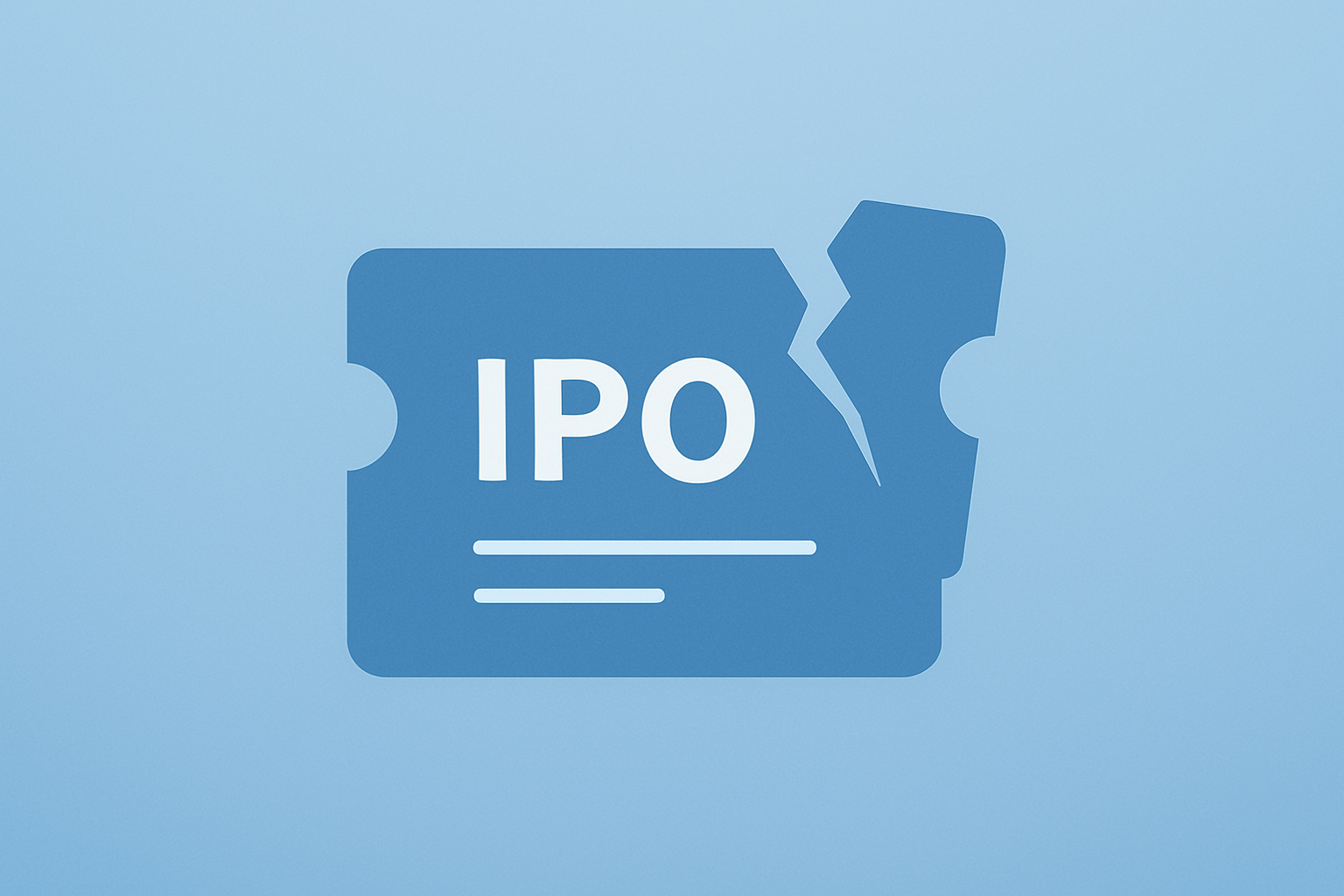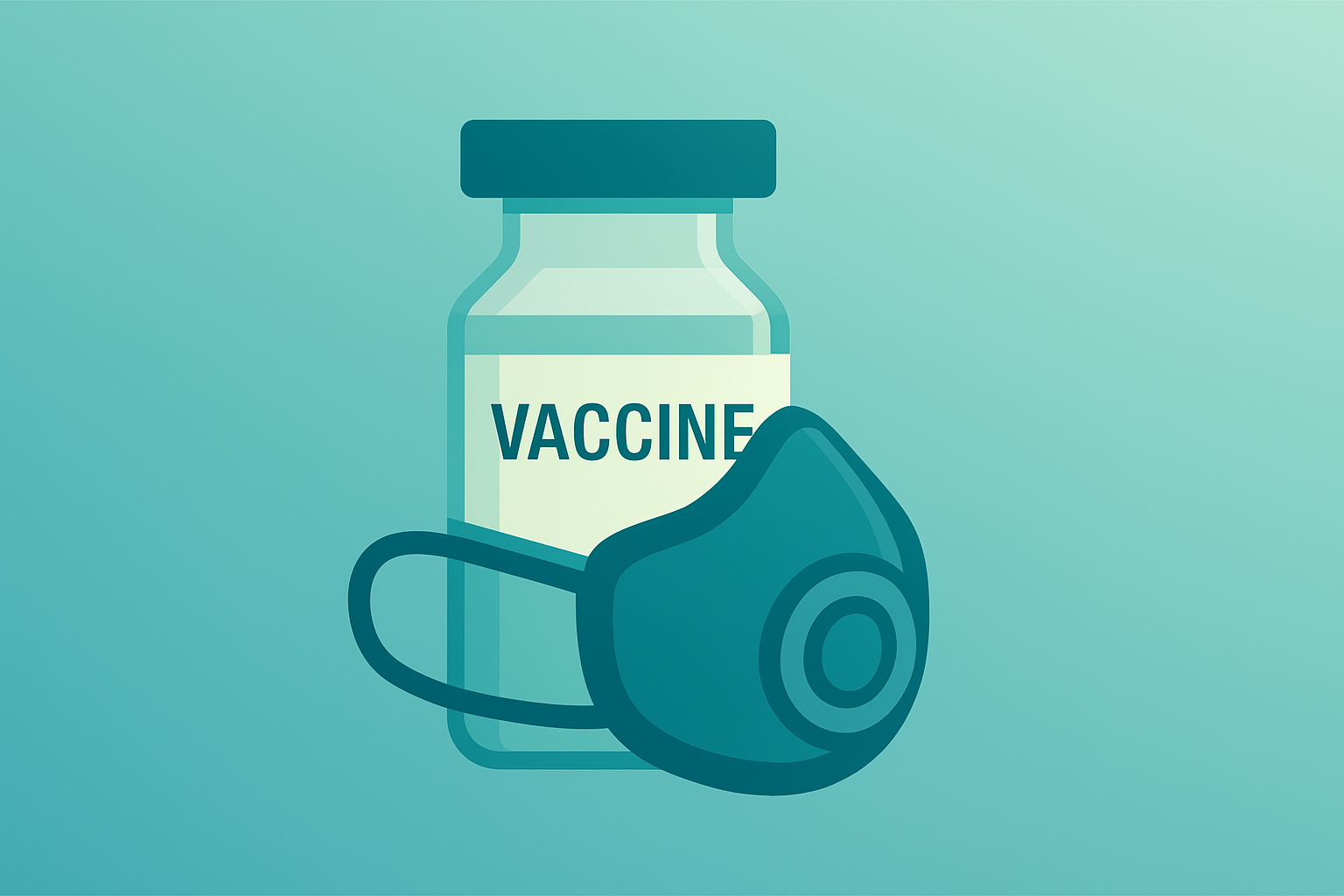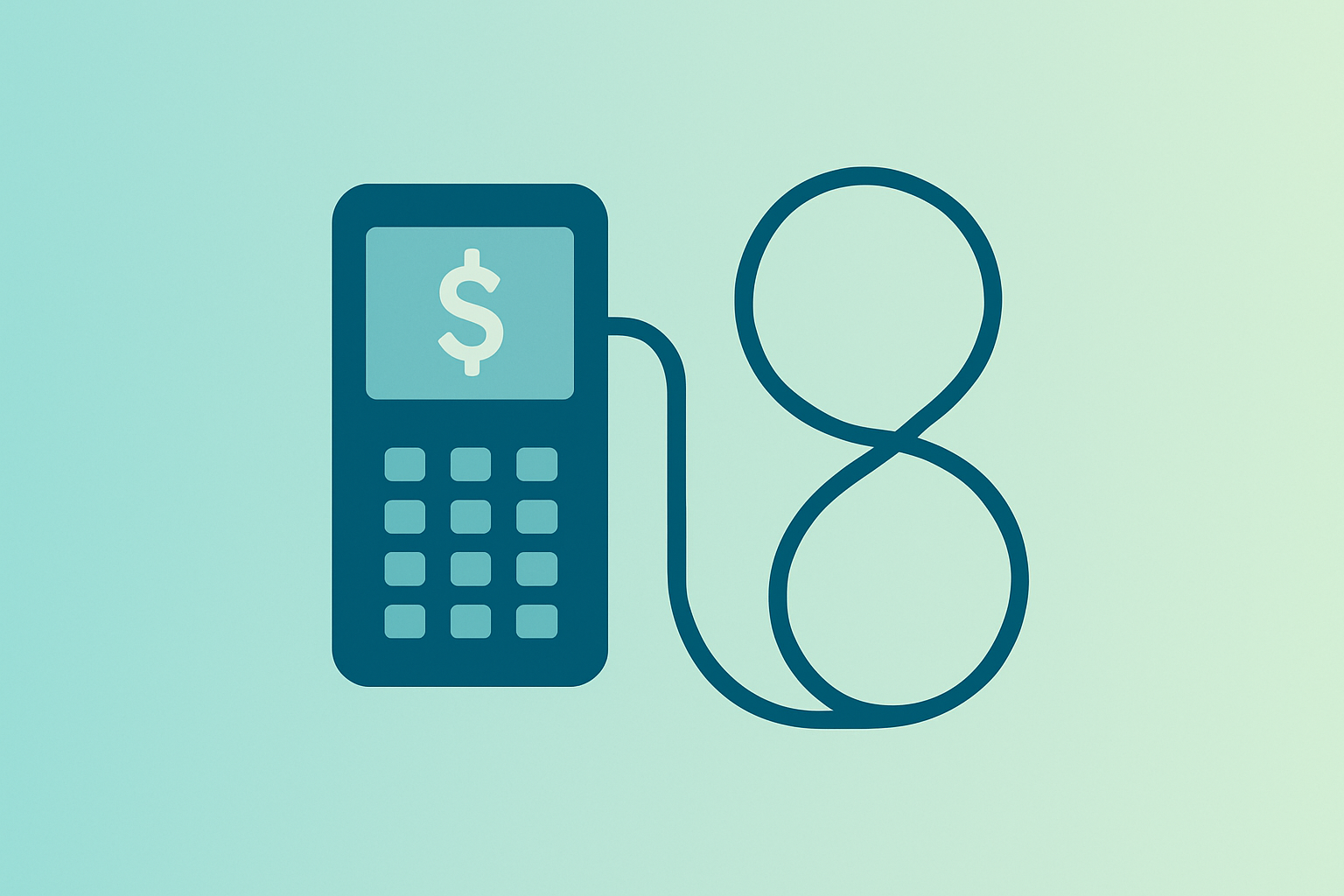CoreWeave Stock Rebounds on Buy-the-Dip Shift
CoreWeave stock drew renewed buying after Q3 revenue strength and a $55.6B backlog, a buy-the-dip setup despite the collapsed merger and financing risk.

KEY TAKEAWAYS
- Q3 revenue rose 134.0% y/y and backlog jumped 271.0% to $55.6B, signaling outsized GPU demand.
- Planned $9.0B merger collapsed, leaving limited balance-sheet flexibility and funding dependence.
- Investors viewed the pullback as a buy-the-dip opportunity amid large backlog and deals.
HIGH POTENTIAL TRADES SENT DIRECTLY TO YOUR INBOX
Add your email to receive our free daily newsletter. No spam, unsubscribe anytime.
CoreWeave, Inc. (NASDAQ: CRWV) shares narrowed a recent selloff and attracted renewed buying on Nov. 13, 2025, after the company reported Q3 results showing rapid revenue growth and a sharply increased backlog, despite a collapsed merger and trimmed guidance.
Revenue Growth and Strategic Partnerships
CoreWeave’s Q3 2025 revenue rose 134.0% year-over-year, while its revenue backlog surged 271.0% to $55.6 billion, reflecting strong demand for GPU capacity from cloud and enterprise customers. This surge in bookings has prompted investors to reassess the company’s near-term prospects.
During the quarter, CoreWeave announced a $1.2 billion partnership with Vast Data and maintained capacity agreements with hyperscalers including Meta. These deals strengthen the company’s enterprise pipeline and support its effort to commercialize high-performance infrastructure as GPU-as-a-Service, a model offering graphics processing units on demand.
Merger Termination and Financial Risks
A planned $9.0 billion merger with Core Scientific was officially terminated in Q4 2025. The deal’s collapse has limited CoreWeave’s balance-sheet flexibility as it continues aggressive capacity expansion. Management slightly lowered full-year 2025 guidance, citing data-center supply-chain delays.
CoreWeave remains unprofitable and is expected to generate negative free cash flow through 2027, increasing execution and liquidity risks amid rapid growth and greater reliance on external financing. The stock retraced about 45.0% from its October 2025 highs and had a market capitalization of $42.6 billion as of Nov. 13, with a price-to-earnings ratio of -47.0.
Investor sentiment on major social platforms has shifted from bearish to neutral-to-bullish. Some market participants view the pullback as a buying opportunity, citing the large backlog and recent enterprise deals as evidence of CoreWeave’s long-term position in the GPU-as-a-Service market, despite near-term profitability and financing challenges.





